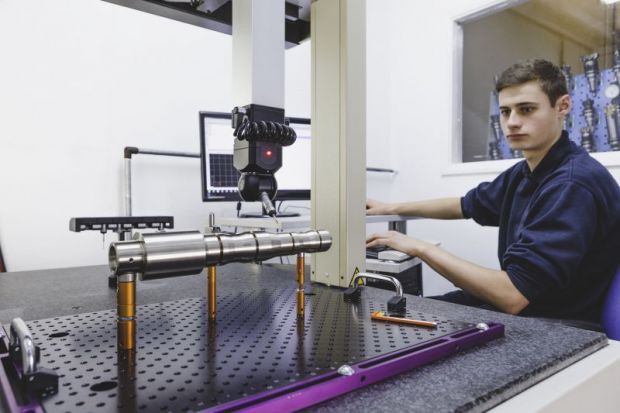There is growing recognition in Australia about the need for a better balance of investment between higher education and vocational education and training (VET).
Since the introduction of demand-driven higher education funding in 2012, the gap in investment and enrolments between the two sectors has been widening. The Mitchell Institute at Victoria University has pointed out that public spending on VET has fallen by 5 per cent since 2005, while it has increased by 45 per cent in higher education.
A key part of the problem is that, under Australia’s federal system, universities are funded directly by the commonwealth government while VET providers are funded via the states. The previous Labor government set up “national partnership agreements” to govern the distribution of commonwealth VET funding to the states, but these seriously weakened the previous accountability requirements in terms of funding and outputs. As a consequence, while the commonwealth increased its investment in VET from 2010, most states reduced theirs. They also significantly increased student fees, effectively shifting costs to the commonwealth and to students. This prompted a predictable fall in VET student numbers.
This problem was foreseen in the 2008 Review of Australian Higher Education (known as the Bradley review), which recommended the introduction of demand-driven funding for higher education. The review therefore called for the commonwealth to assume responsibility for funding diplomas and advanced diplomas – offered in both the VET and higher education sectors – as a first step towards the commonwealth taking full responsibility for tertiary education.
However, the Labor government of the day instead capped higher education diplomas, advanced diplomas and associate degrees so that the states could not shift costs to the commonwealth by transferring VET courses into the higher education sector. The problem is that this created an incentive for universities to enrol ill-prepared students directly onto degrees, exacerbating growing – but perhaps overstated – concerns about the quality of intakes, attrition rates and the sustainability of the demand-driven system.
The VET sector’s problems go well beyond funding, however. It has been plagued by reputational problems created by poorly designed training markets and scandals surrounding its income-contingent student loan system, which have allowed unscrupulous private providers to access public funding, charge exorbitant fees, inappropriately enrol students and deliver poor quality training – or no training at all.
The public technical and further education (Tafe) system has also been devalued in the process, and has also been slow to respond to the introduction of competitive funding in VET.
Unlike their higher education counterparts, most VET students still cannot access income-contingent loans, which means that they have to pay upfront fees – which for many courses now run into thousands of dollars. It is not surprising that ever more students are opting for higher education over VET – despite the good employment outcomes from many VET courses, particularly apprenticeships.
In her speech to Universities Australia’s annual conference earlier this month, the shadow minister for education, Tanya Plibersek, highlighted the growing gap in spending between VET and higher education, and indicated that the commonwealth would work with the states to address the problem. This was interpreted by many as a signal that a Labor government would increase funding for VET at the expense of higher education.
Meanwhile, the incoming chair of Universities Australia, Monash University vice-chancellor Margaret Gardiner, said in a newspaper interview before the conference that “it would be healthy for us all to talk about the shaping of the sort of tertiary education system that is best for Australia’s future”. Her comments are significant, as they reflect growing recognition among universities that the future of higher education in Australia cannot be considered in isolation from what happens in VET. Peter Dawkins, the vice-chancellor of Victoria University (which offers both higher education and VET programmes) made a similar point in response to the coalition government’s major – but unsuccessful – higher education funding reform proposals in 2014.
The Australian population is expanding, so sustained growth in tertiary education will be required simply to maintain participation rates, never mind expand them. The higher education sector cannot continue to be the only source of growth without overburdening universities and further diminishing VET.
Now that this issue is finally on the public agenda, it is set to be one of the more interesting policy debates in the current Australian parliament.
Peter Noonan is professor of tertiary education policy at the Mitchell Institute, Victoria University, Melbourne.
POSTSCRIPT:
Print headline: Different paths, shared vocation
Register to continue
Why register?
- Registration is free and only takes a moment
- Once registered, you can read 3 articles a month
- Sign up for our newsletter
Subscribe
Or subscribe for unlimited access to:
- Unlimited access to news, views, insights & reviews
- Digital editions
- Digital access to THE’s university and college rankings analysis
Already registered or a current subscriber? Login






